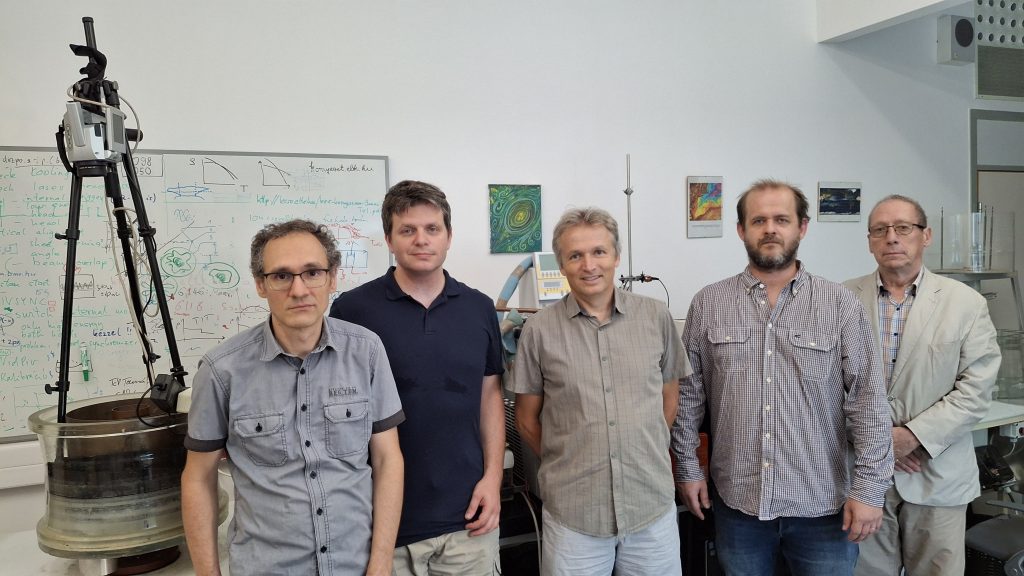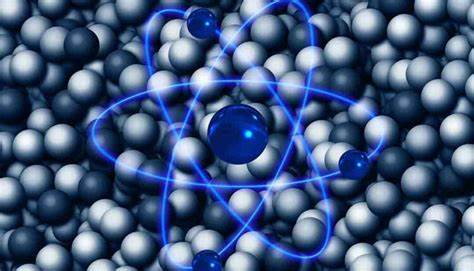Zoltán Trócsányi
professor of physics
ELTE Faculty of Sciences
Institute of Physics

Grant amount
30 000 000 Ft
Brief description of the research
In the Theoretical Physics Research Group, we deal with two exciting areas of modern science. On the one hand, we are looking for answers to the most important open questions of particle physics. In our research, we focus on theoretical investigations motivated by experiments. Our other goal is one of the greatest challenges of our time, the understanding of environmental flows and the dynamics of climate change, which will contribute to the expansion of the physically correct scientific picture of climate change, and to a more solidly based social assessment of the issue.
Downloads
The Theoretical Physics Research Group at ELTE (http://elmfiz.elte.hu/Kutcsop/) is one of the oldest, continuously operating university research groups initially supported by the Hungarian Academy of Sciences. Its research focus is changing constantly according to the latest scientific and societal challenges. Hence, it represents the values of both tradition and rejuvenation at the same time. Their activities are directly connected to two strategic disciplines of HUN-REN: Digitalization on the one hand, while Environment and security on the other. The group is taking part continuously in strengthening the international role of Hungarian science and fostering international cooperation. Its mission is the formation of scientific replenishment, which can be fulfilled by taking part in the doctoral schools of ELTE. According to the strategic connections, the group members focus on fundamental questions of modern science in two important subfields.
Extension of the standard model of particle physics and searching for new field theoretical solutions
The research entitled Extension of the standard model of particle physics and searching for new field theoretical solutions is looking for the answers to the outstanding open questions of particle physics: What is the origin of neutrino masses? What constitutes the dark matter that fills the Universe? What is the source of baryon anti-baryon asymmetry? What could cause the accelerated expansion of the Universe in the early and late epochs? All these questions belong to fundamental science definitely, but they are connected to the strategic field of Digitalization of HUN-REN.
The researchers focus on investigating extensions of the standard model motivated by experimental observations. They are looking for the answers to the questions mentioned in the theory developed by the leader of the group, namely in the superweak extension of the standard model, with particular emphasis on providing quantitative comparisons of the predictions of the model to the experimental results. The strange changing behaviour of neutrinos, called neutrino oscillations, does not exist in the standard model, just like the composition of the dark matter remains unexplained in the theory. The existence of baryons that compose the known material is possible in the Universe only if the amounts of baryons and anti-baryons differ, whose extent remains unexplained in the standard model. Based on the computations they determine the region in the space of the free parameters of the model where these puzzles find their explanations while remaining in accordance with all other experimental results in particle physics. They search for ways to find the new particles predicted by the model.
Dynamics of environmental flows and climate change
The other subfield is among the most outstanding challenges of our times. Understanding the dynamics of environmental flows and climate change is an integral part of the Environment and security focus field of HUN-REN. While this field also belongs to fundamental science, it assumes important messages to climate policy makers. The group is aiming at learning how statistical features determining the climate evolve under the changes of external conditions, such as the changing concentration of carbon-dioxide in the atmosphere. In investigating the physical reasons behind the climate change, the understanding of drifting of contamination on global scales, showing a chaotic behaviour, is an important direction, which can lead to the development of a more appropriate strategy in the adaptation to the climate. The investigation of changing correlations in climatic teleconnections is especially important because these connections contribute to a large extent to the internal changes of the climate, affecting the everyday meteorology too. Studying the time series of total Solar irradiation using climate models may help in exploring the connection between Solar activity and climate change. Often it is highly beneficial to study the coupled, non-linear processes of several distance and time scales of the climate system in laboratory experiments, which is made possible by the principle of hydrodynamical similarity. Through their research, they contribute to the development of the physically correct scientific view on climate change, and to the social perception of the issue based on more solid foundations.
In view of the small size of the group their publication activity is outstandingly productive.




